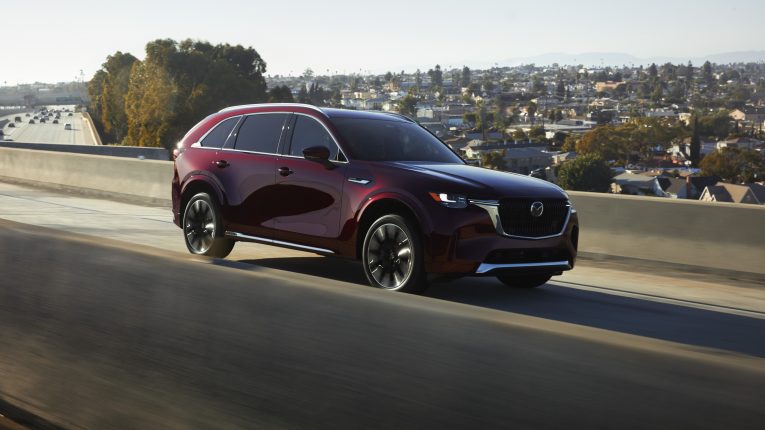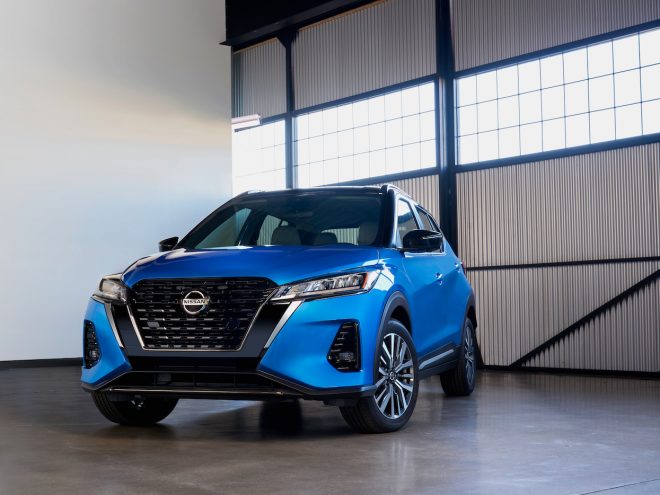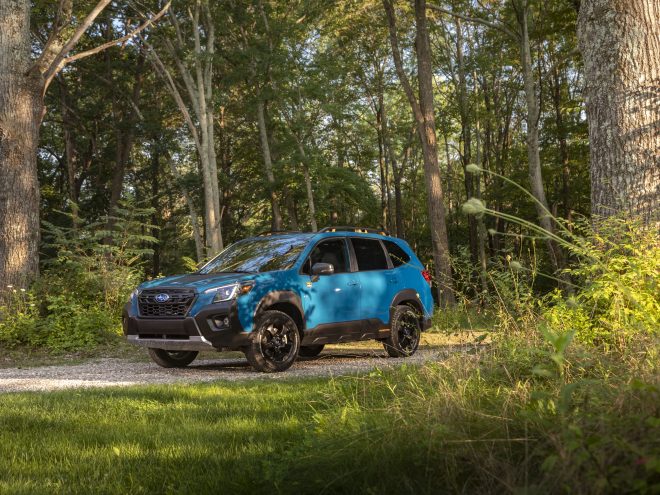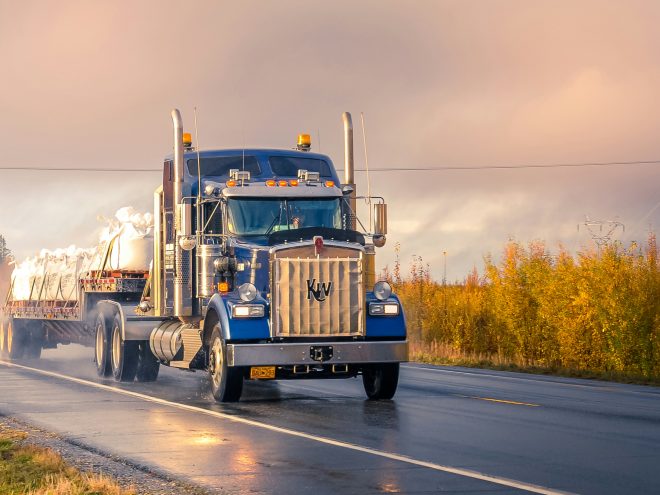
How Safe is Driving for Amazon?
Introduction
The latest research shows that Amazon delivery driving is dangerous in the supply chain and logistics. Amazon has a big name in the courier industry, and its delivery drivers often get hurt. In fact, there’s been a 38% increase in injuries of Amazon delivery drivers.
On the other hand, Amazon is usually proactive and takes regular measures to improve the safety of driving and making deliveries. You can make a reasonable argument that accidents are bound to happen when you’re driving in, say, New York City, and driving during peak hours can get pretty chaotic and dangerous for Amazon drivers. If you are injured in a wreck, an Amazon delivery accident lawyer can help assess your legal options and file a claim, if you decide to pursue that route.
On the Bright Side
Amazon delivery drivers get air conditioning and other basic amenities. Oftentimes, delivery drivers need to follow basic preventative measures to keep themselves safe and deliver packages without issues.
Amazon believes that it requires a commitment from delivery drivers to stay vigilant on the road and flawlessly navigate different terrains and situations to be safe.
When it comes to beating internal heat, Amazon prepares delivery drivers in advance to deal with heat-related stress. However, heat mitigation tips are not enough – Amazon informs delivery drivers in different states to follow strict state and federal requirements and regulations.
Preventable Issues
On Indeed, the average job rating of an Amazon delivery driver is 3.5. Amazon invests in fundamental preventative issues, improves on-the-road protocols, simplifies delivery procedures, and trains delivery drivers to improve their safety.
For instance, Amazon instructs its delivery drivers to spot heat stroke symptoms and personal risks, and consider environmental elements. In summer, Amazon guides all its delivery drivers to follow through with hydration guidance from the most reliable medical and health professionals.
Amazon wants its drivers to be more cautious and strategic in delivering packages. It usually means taking time to assess the area and taking small breaks to avoid heat stress.
Support System for Delivery Drivers
Amazon consistently assesses and updates its system and comes up with new tactics to improve delivery drivers’ road safety. However, like weather, on-the-road situations are often unpredictable and make it difficult for the company’s delivery drivers to take prompt preventative measures.
Amazon’s delivery drivers drive insulated vans, which decreases internal temperature. Amazon has also made ice machines accessible at all delivery stations.
Breaks for Delivery Drivers
From the perspective of Amazon, it supports additional breaks so that delivery drivers can rest, cool down, and hydrate. However, drivers insist that the number of breaks needs to increase. They claim that taking recommended breaks makes it difficult to hit delivery targets.
Close monitoring is another issue where delivery drivers don’t want constant micromanagement. However, Amazon states that navigating terrains and complex situations requires consistent back-and-forth communication, and drivers need to be proactive and adapt to new situations and weather conditions to be safe and deliver packages successfully at the same time.
The Role of Contingency Response Center
Amazon has a CRC, or Contingency Response Center, which is operational 24/7. It rolls out alerts to delivery drivers. Alerts can be about heat waves or how to deal with potential hurdles. It’s an effective way to make timely deliveries without compromising their safety. Any time CRC flags an issue – it advises delivery drivers about the course of action in a specific timeline. However, delivery drivers don’t always act on time, and the situation spirals out of control.
The Dark Side
The race to deliver packages never ends, and Amazon drivers often compromise their safety to hit their delivery targets. Unlike independent contractors who get a say in their routes and use their own vehicles, delivery drivers run into issues like excessive write-ups, high rates of injuries, and complex parking.
Final Thoughts
Most Amazon delivery drivers run into accidents to meet their productivity benchmarks. In fact, productivity targets have become a major issue for Amazon delivery drivers and impact their on-the-road safety. For instance, night deliveries carry more risk than day-time deliveries. And that’s because there are fewer cars and lights on the road at night.
In any case, when delivery drivers start to overlook standard safety laws, they eventually run into more and more accidents. If an Amazon driver has to make a delivery in a rural area, he will have to navigate rough terrain, suspicious activities, and other unexpected elements.









